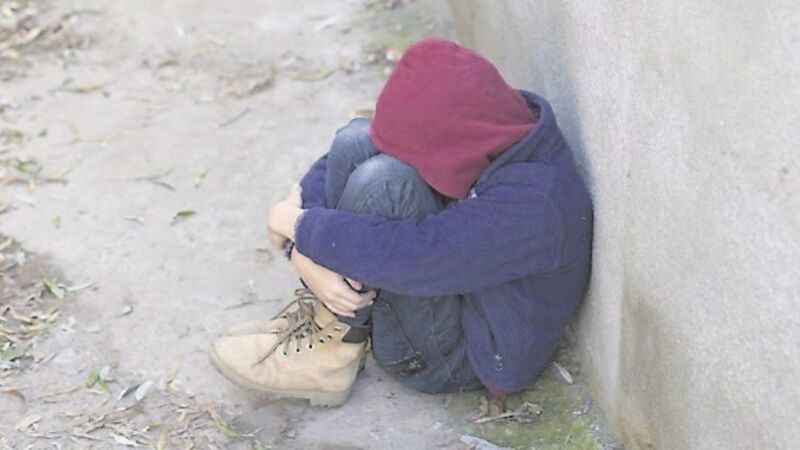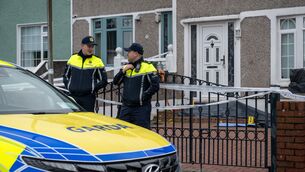Almost 10,000 people in emergency accommodation, figures show

Homeless charities have warned the soaring numbers entering emergency accommodation outside of Dublin could lead to many people, including families, becoming long-term homeless.
Figures published by the Department of Housing for July showed the number in emergency accommodation edging ever closer to the 10,000 mark, with Housing Minister Eoghan Murphy under increasing pressure to turn the tide.
However, while the situation is most acute in Dublin, larger urban areas elsewhere have seen sharp increases in homelessness over the past year.
According to Cork Simon, there were 328 adults in emergency accommodation in the city in July, the highest monthly number of adults in emergency accommodation in Cork, an increase of 32% in 12 months and a rise of 59% in two years.
Cork Simon also said that the number of adults in emergency accommodation in Cork and Kerry in July did not change dramatically from June but was still 44% higher than a year ago and up 81% over two years.
Likewise, the number of families in emergency accommodation in the south west in July only showed a slight increase in comparison to the figure for June, but were up 76% in a year, while the number of children in emergency accommodation increased by 78% over the past 12 months and by a staggering 298% in two years.
The charity said: “There continue to be more people in private emergency accommodation [hotels and B&Bs] than in emergency shelters and this has been the case for seven consecutive months. The need for emergency accommodation in Cork and Kerry far outstrips capacity.
Paul Sheehan, campaign and communications manager for Cork Simon, said: “The figures demonstrate that people continue to be pushed into homelessness as a direct result of the housing crisis. People simply cannot find a home they can afford.
“Far too many people remain stuck in emergency accommodation for far too long — beds aren’t being freed-up for people that need them. This has been the case now for well over three years with month-on-month increases to the number of people seeking help.”
Martin O’Connor, Cope Galway’s assistant chief executive, said: “We are seeing similar trends.”
He said that there had been “steady growth” over the past two years regarding homelessness across the city and county but the rate of increase escalated from the early part of this year.
He said his organisation had seen families becoming homeless staying in emergency accommodation for longer periods due to challenges in fining move-on accommodation, and that the situation was particularly difficult for families with high numbers of children.
A snapshot taken by Cope Galway in June showed 204 children across 74 families in emergency accommodation. He said Airbnb provision was “an issue in the county”, citing a recent figure showing around 2,000 properties listed across the county, 38% of which were self-contained and available on a continuous basis.
At the same time, he said an alert this week which was aimed at students pitched three bunk beds in a room to sleep six people, adding: “It gives a sense of how much of seller’s market it is.”












